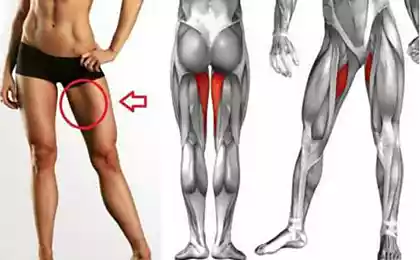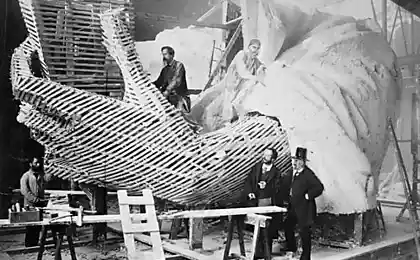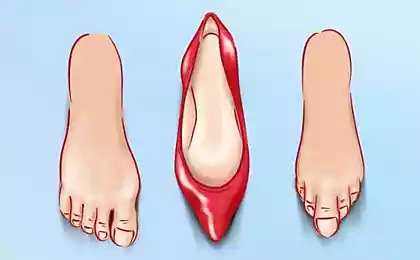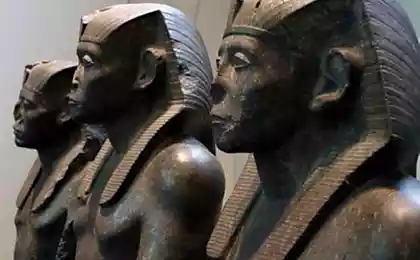4437
Greek foot Statue of Liberty
It would seem that what is the difference, in essence, what her footsteps? But there is a difference, because the feet are of Greek or Egyptian. So you know about that? I do not have ...
So, the ancient Greeks and Romans believed that the Greek foot - the aesthetic ideal. Such a stop occurs in about 10% of people. This is the structure of the foot, in which the second toe is longer than the first (who, incidentally is called "Morton's toe"). And the Egyptian foot - is when each successive finger shorter than the previous.
In art and medicine, the term Greek stop means something else entirely. In medicine it stop Morton, and for the Greek sculptor stop. This is a condition in which the second toe is longer thumb.
Roman foot or square, where all the fingers on one horizontal line and Greek foot as described above. The majority (70-80%) of the world population have Egyptian foot, it is the "norm" in terms of osteology, ie a form "should" have each person. There is also a movement in the medical community around the world that seek to abolish the term "Egyptian", which will be scientifically correct.
But no one doubts the term "Greek", the only thing that is sometimes called Morton's foot, and is characterized as a bone defect. What however, unlike other types, excluding size metatarsals? Greek leg inherited! Incredibly? If only because ...
Incredibly that such "deformation" of the Greek Foot genetically linked only with the Greeks. This means that those who have the second toe is longer than the other tops, there are Greek genes?
Greek form of the foot - 1 & lt; 2 & gt; 3 & gt; 4 & gt; 5;
Egyptian foot - 1 & gt; 2 & gt; 3 & gt; 4 & gt; 5;
intermediate, square foot - 1 = 2 & gt; = 3 & gt; = 4 & gt; = 5.
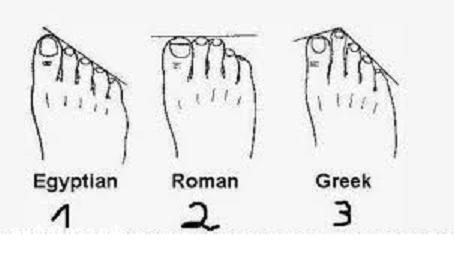
Yes!
Among the sculptures there are countless proofs of the existence of this characteristic of the Greeks from the earliest times. ALL ancient Greek sculptures, which are the figures of the Greeks, clearly give this feature. It is no coincidence the ancient Greeks portrayed her in their works. Know what is the difference and showed us. Later, the Romans, who did not mastered the art of sculpture, copied the works of the Greeks, and with them also the Greek foot dragged in his art, and thus, without knowing the details of this store it for future generations, as it is known that a large number of Greek originals were destroyed by different reasons.
By the way, the statue of liberty Greek foot.
Internet
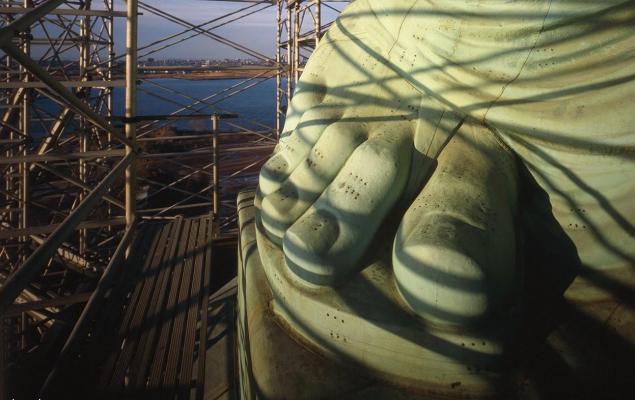
So, the ancient Greeks and Romans believed that the Greek foot - the aesthetic ideal. Such a stop occurs in about 10% of people. This is the structure of the foot, in which the second toe is longer than the first (who, incidentally is called "Morton's toe"). And the Egyptian foot - is when each successive finger shorter than the previous.
In art and medicine, the term Greek stop means something else entirely. In medicine it stop Morton, and for the Greek sculptor stop. This is a condition in which the second toe is longer thumb.
Roman foot or square, where all the fingers on one horizontal line and Greek foot as described above. The majority (70-80%) of the world population have Egyptian foot, it is the "norm" in terms of osteology, ie a form "should" have each person. There is also a movement in the medical community around the world that seek to abolish the term "Egyptian", which will be scientifically correct.
But no one doubts the term "Greek", the only thing that is sometimes called Morton's foot, and is characterized as a bone defect. What however, unlike other types, excluding size metatarsals? Greek leg inherited! Incredibly? If only because ...
Incredibly that such "deformation" of the Greek Foot genetically linked only with the Greeks. This means that those who have the second toe is longer than the other tops, there are Greek genes?
Greek form of the foot - 1 & lt; 2 & gt; 3 & gt; 4 & gt; 5;
Egyptian foot - 1 & gt; 2 & gt; 3 & gt; 4 & gt; 5;
intermediate, square foot - 1 = 2 & gt; = 3 & gt; = 4 & gt; = 5.

Yes!
Among the sculptures there are countless proofs of the existence of this characteristic of the Greeks from the earliest times. ALL ancient Greek sculptures, which are the figures of the Greeks, clearly give this feature. It is no coincidence the ancient Greeks portrayed her in their works. Know what is the difference and showed us. Later, the Romans, who did not mastered the art of sculpture, copied the works of the Greeks, and with them also the Greek foot dragged in his art, and thus, without knowing the details of this store it for future generations, as it is known that a large number of Greek originals were destroyed by different reasons.
By the way, the statue of liberty Greek foot.
Internet












